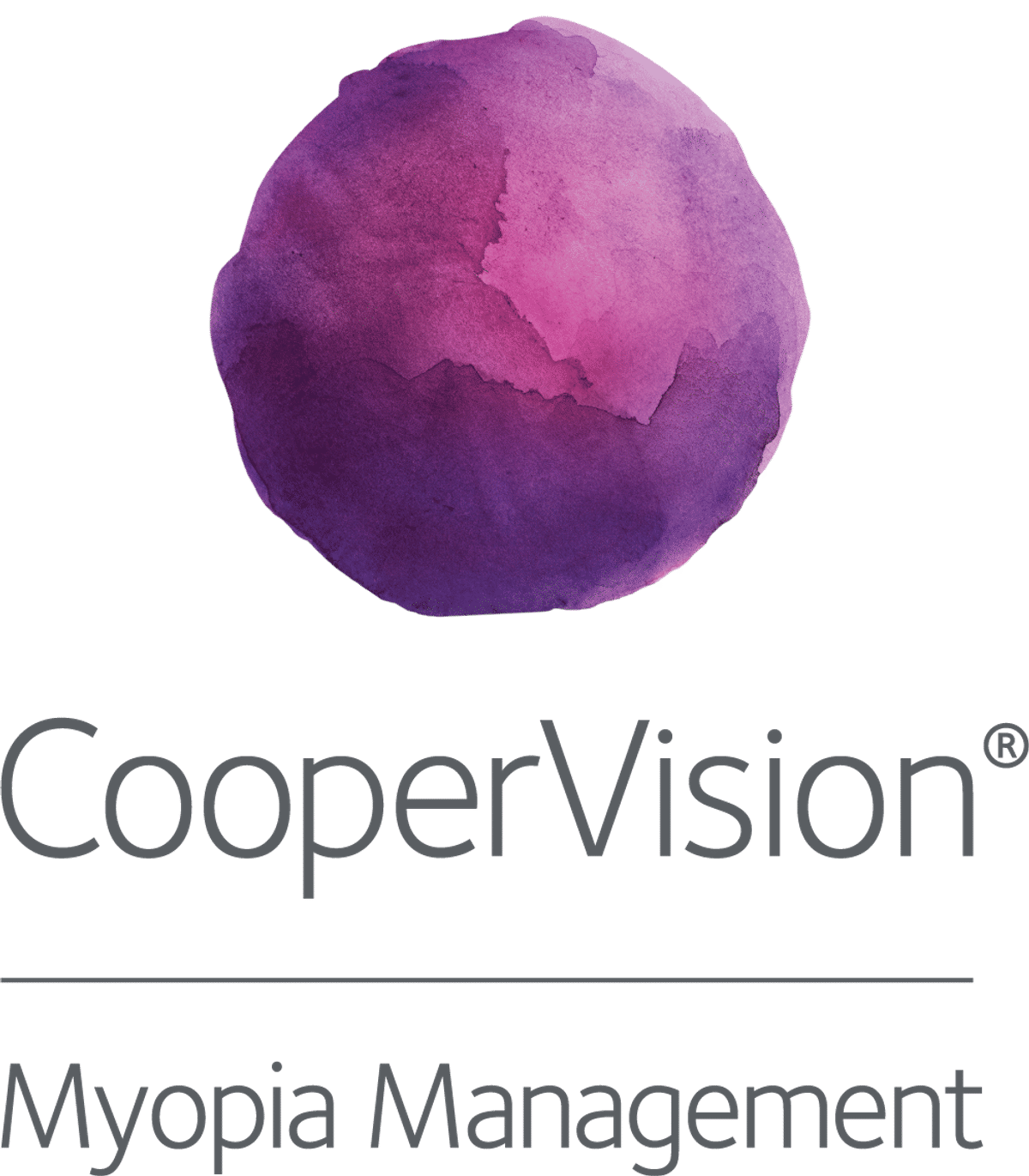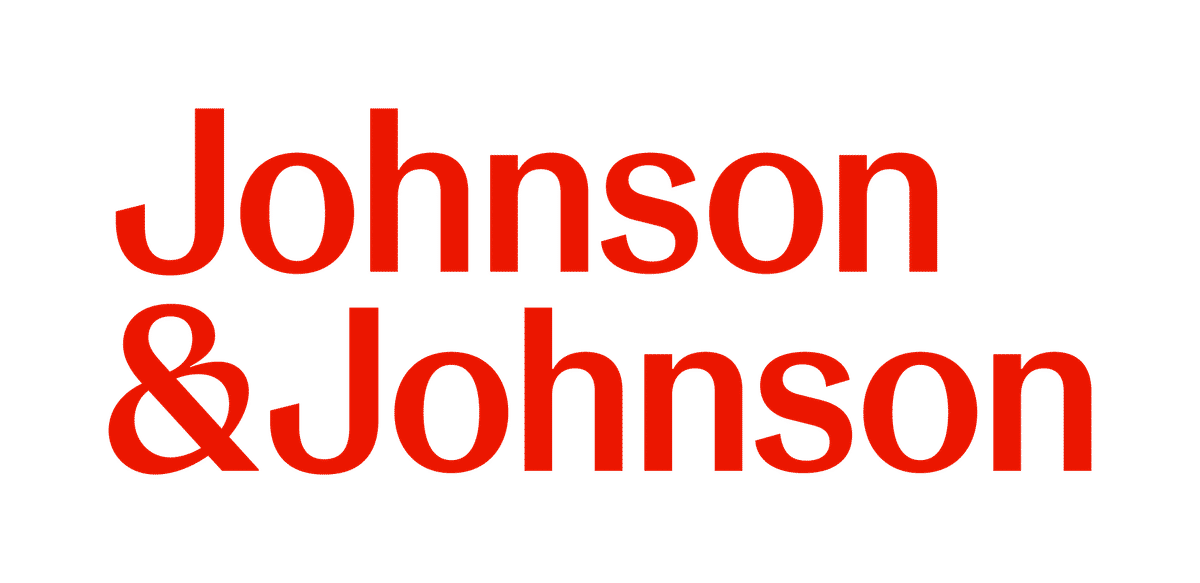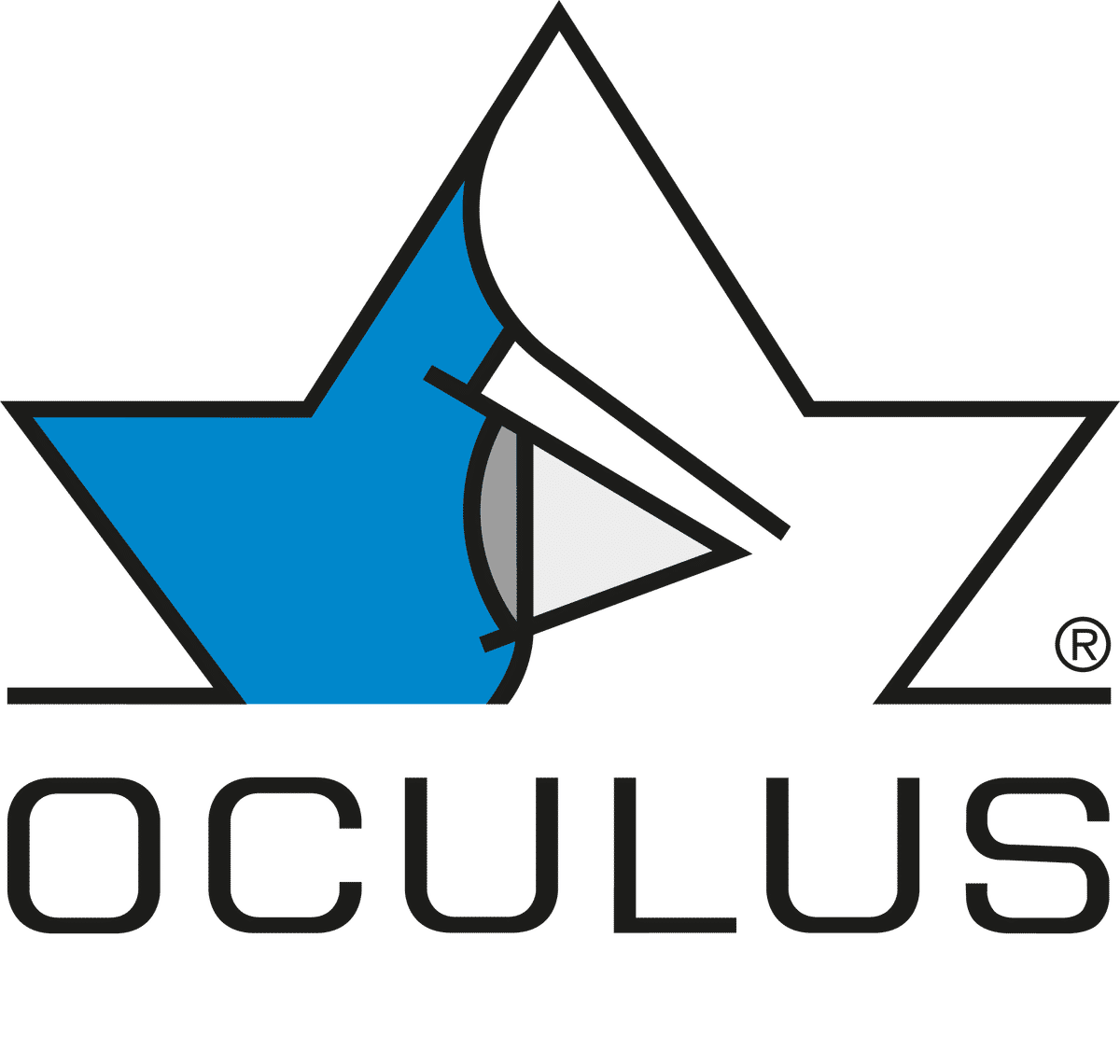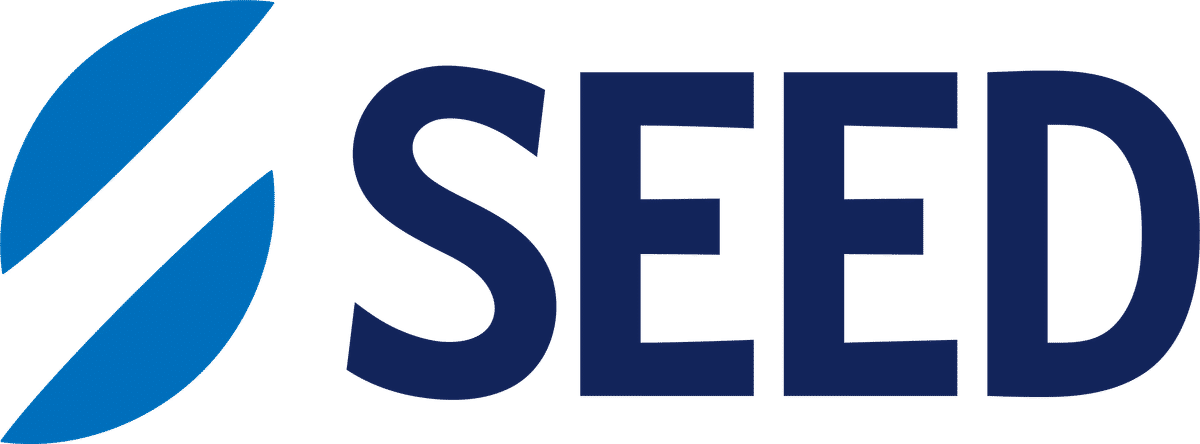Clinical
How to taper atropine in myopia management

In this article:
Atropine is the only effective pharmacological option for myopia control as of yet, but stopping treatment too early and abruptly can trigger a rebound effect. This article outlines when to consider stopping treatment, the rebound effect, and two ways to safely withdraw treatment.
When to stop atropine treatment
Atropine can be used for extended periods of time, but the World Health Organization currently recommends limiting treatment to 2 years.
Continuous treatment 0.05% atropine can provide consistent myopia control efficacy and tolerability, but most children may need to restart atropine after cessation due to progression.
For myopia control treatments in general, it is safest to consider stopping treatment around late adolescence to early adulthood, when myopia progression is expected to slow or stabilize. The emerging consensus from research is that about 50% of individuals with myopia will stabilize by 15-16 years, and the other 50% will continue to progress.
Approximately 20% of myopes in their 20s will experience significant progression of at least 1D.
Discontinuation of atropine may also be appropriate in other circumstances, e.g. side effects and switching treatment.
Atropine in higher concentrations (<0.1%) can lead to higher rates of adverse effects such as photophobia or blurred vision at near. Low-concentration atropine is associated with fewer side effects, but a small proportion of children may still find symptoms intolerable.
Additionally, children may discontinue atropine in order to switch to another treatment. As atropine therapy still requires vision correction, changing to an effective optical intervention provides the dual benefit of myopia correction and myopia control.
Rebound effects in atropine
Rebound is a major concern in myopia control, as the long-term goal is to reduce the final level of myopia in adulthood, along with the corresponding risks to ocular health. If the potential benefit gained during treatment is lost after discontinuation through rebound, this compromises the purpose of the treatment.
Rebound effect: a faster axial elongation and increase in refractive error than that expected in a matched group, upon cessation of the myopia control treatment.
The rebound phenomenon has been associated with atropine cessation, and particularly with higher concentrations.
The original ATOM1 and ATOM2 clinical trials (and the long-term ATLAS follow-up study) demonstrated that higher concentrations were potentially more effective at slowing myopia progression, but were associated with greater adverse effects and rebound.
How to taper atropine in practice
Among lower dosages, 0.05% atropine is emerging as the most effective concentration for balancing efficacy with minimal adverse effects.
Although the WHO recommends that atropine should be tapered,
| Taper by reducing frequency | Taper by reducing dose | |
| Example |
|
|
| Advantages |
|
|
| Disadvantages |
|
|
After stopping treatment, the patient should be monitored for a further 6 to 12 months,
Key points
- Evidence supports atropine use for up to 2-5 years, but extended treatment requires close monitoring to ensure sustained efficacy and manage potential side effects.
- Tapering the use of atropine eye drops (i.e. a gradual reduction in dosing frequency or concentration) is a potential approach to reduce the risk of a rebound effect.
- Continue to monitor the patient for a further 6-12 months for evidence of rebound, and recommence treatment promptly if progression resumes.
Meet the Authors:
About Brian Peng
Brian is a clinical optometrist based in Sydney, Australia. He graduated from the University of New South Wales and was awarded the Research Project Prize for his work on myopia. He has a keen interest in myopia-related research, industry, and education.
Read Brian's work on our My Kids Vision website, our public awareness platform. Brian also works on development of various new resources across MyopiaProfile.com.
References
World Health Organization. The impact of myopia and high myopia: report of the Joint World Health Organization – Brien Holden Vision Institute Global Scientific Meeting on Myopia. In WHO; 2015. Available from: https://myopiainstitute.org/wp-content/uploads/2020/10/Myopia_report_020517.pdf
[link]- Zhang XJ, Zhang Y, Yip BHK, et al. Five-Year Clinical Trial of the Low-Concentration Atropine for Myopia Progression (LAMP) Study: Phase 4 Report. Ophthalmology. Sep 2024;131(9):1011-1020. [link]
- COMET Group . Myopia stabilization and associated factors among participants in the Correction of Myopia Evaluation Trial (COMET). Invest Ophthalmol Vis Sci. Dec 2013;54(13):7871-84. [link]
- Bullimore MA, Reuter KS, Jones LA, et al. The Study of Progression of Adult Nearsightedness (SPAN): design and baseline characteristics. Optom Vis Sci. Aug 2006;83(8):594-604. [link]
- Bullimore MA, Jones LA, Moeschberger ML, et al. A retrospective study of myopia progression in adult contact lens wearers. Invest Ophthalmol Vis Sci. Jul 2002;43(7):2110-3. [link]
- Jones L, Drobe B, González-Méijome JM, et al. IMI - Industry Guidelines and Ethical Considerations for Myopia Control Report. Invest Ophthalmol Vis Sci. Feb 2019;60(3):M161-M183. [link]
- Chua WH, Balakrishnan V, Chan YH, et al. Atropine for the treatment of childhood myopia. Ophthalmology. Dec 2006;113(12):2285-91. [link]
- Chia A, Chua WH, Cheung YB, et al. Atropine for the treatment of childhood myopia: safety and efficacy of 0.5%, 0.1%, and 0.01% doses (Atropine for the Treatment of Myopia 2). Ophthalmology. Feb 2012;119(2):347-54. [link]
- Li Y, Yip M, Ning Y, et al. Topical Atropine for Childhood Myopia Control: The Atropine Treatment Long-Term Assessment Study. JAMA Ophthalmol. Jan 2024;142(1):15-23. [link]
- Yam JC, Jiang Y, Tang SM, et al. Low-Concentration Atropine for Myopia Progression (LAMP) Study: A Randomized, Double-Blinded, Placebo-Controlled Trial of 0.05%, 0.025%, and 0.01% Atropine Eye Drops in Myopia Control. Ophthalmology. Jan 2019;126(1):113-124. [link]
- Bullimore MA, Saunders KJ, Baraas RC, et al. IMI-Interventions for Controlling Myopia Onset and Progression 2025. Invest Ophthalmol Vis Sci. Sep 2025;66(12):39. [link]
- Gifford KL, Richdale K, Kang P, et al. IMI - Clinical Management Guidelines Report. Invest Ophthalmol Vis Sci. Feb 2019;60(3):M184-M203. [link]
- Németh J, Tapasztó B, Aclimandos WA, et al. Update and guidance on management of myopia. European Society of Ophthalmology in cooperation with International Myopia Institute. Eur J Ophthalmol. May 2021;31(3):853-883. [link]
Enormous thanks to our visionary sponsors
Myopia Profile’s growth into a world leading platform has been made possible through the support of our visionary sponsors, who share our mission to improve children’s vision care worldwide. Click on their logos to learn about how these companies are innovating and developing resources with us to support you in managing your patients with myopia.












